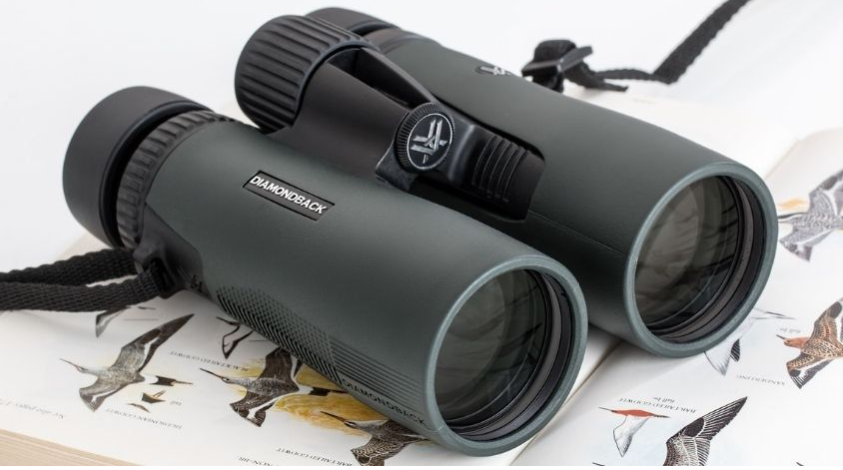What Does HD Mean In Binoculars?

If you have been looking at binoculars from different manufacturers, you could already be confused. This is because whilst most brands use the term HD to describe their binoculars, it means different things to different companies.
Some binocular manufacturers use the term HD to mean High Density to describe the glass used to make the lenses. Whilst others use HD to mean High Definition which relates to the entire optical route from the objective lens to your eyes.
1.High Density
When a brand describes its binoculars as High Density they are typically referring to the high density, extra low dispersion (ED) glass that's used in the lenses.
2.High Definition
Many brands use the term high definition and it means different things to different manufacturers but always stands for high definition optical system. It's just that each manufacturer has a different interpretation of what that means.
Typically, high definition indicates the binoculars are made using a fully multi-coated optical system with extra low dispersion (ED) glass elements in the lenses and if they are roof prism binoculars, they will be dielectrically coated and phase corrected.
However, some manufacturers use the term high definition to indicate added protective coatings on the surface of the outer lens. Whilst others use the term to show the difference between the ED version in their range.
These often utilise the same optical coatings as the ED version but in some cases, don't have ED glass in the lens at all or use a different ED lens design.
What Does UHD Mean In Binoculars?
Now we have some understanding of the terms ED and HD, we can move onto the term UHD. When it comes to binoculars, the term UHD stands for Ultra High Definition and is used to describe optical performance.
UHD binoculars have far superior sharp detailed imaging with natural colour reproduction. This is achieved using a range of special coatings and high quality glass as well as an improved optical design.
Which makes the user able to detect even the smallest of details allowing them to distinguish between species with accuracy. UHD binoculars also boast excellent close focus distance and eye relief which is a bonus for those of use that wear glasses.
Additionally, UHD binoculars have improved optical designs and precise prism apertures. This means UHD binoculars have better colour fidelity as well as better resolution and little or no chromatic fringe.
Should You Buy UHD Binoculars?
As with many other things in the competitive world of high end optical equipment, the terminology can be significant or in some cases, it can be marketing jargon.
However, with UHD binoculars, the term implies that as well as the standard high end features like phase corrected prisms and a fully multi-coated optical system, they typically have extra low dispersion (ED) glass lens as well as dielectric coatings on the prisms.
They also offer clearer images, better colour fidelity, better resolution and little or no chromatic fringe. Which means you will see a clearer, sharper image in full colour.
This means you will be able to identify distinguishing features and detect the smallest of details accurately. Allowing you to identify between species with confidence.
Plus as the technology advances, the price typically comes down. If you really want a pair of UHD binoculars but the price is prohibitive at present, just wait a while and see what happens.
However, with some models already priced at under £200 you will need to be careful and try before you buy to make sure they do all that they claim they can.
The bottom line is, if you own a decent pair of HD binoculars and you're happy with them, there's no need to upgrade. However, if you want the next level of optical precision, you might need to move on to UHD binoculars.




